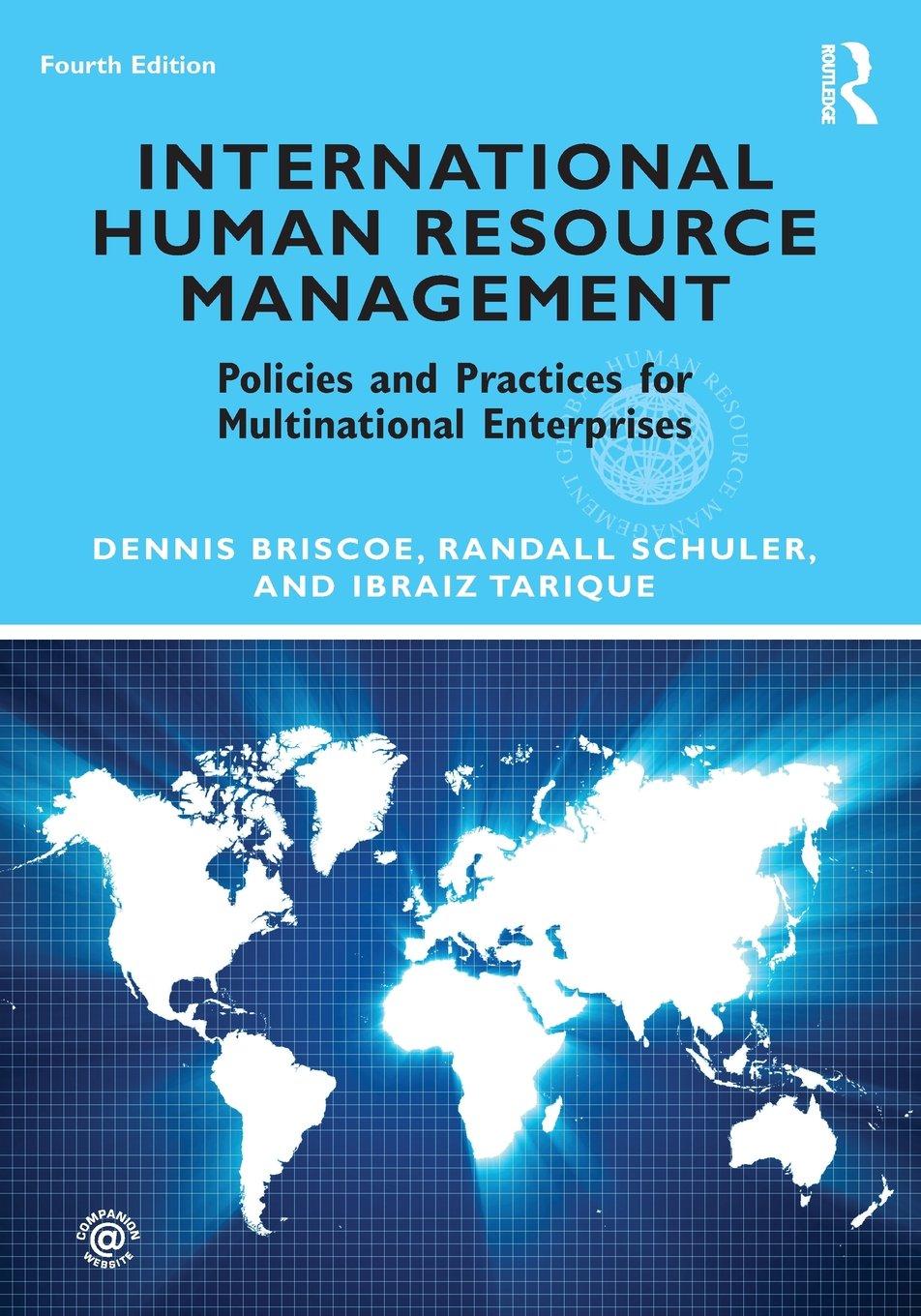What would you do if you were the IHR manager? Expanding the international workforce to include non-parent-country
Question:
What would you do if you were the IHR manager? Expanding the international workforce to include non-parent-country employees has brought increased capabilities and decreased costs—along with a new set of compen¬ sation problems. For example, the director of international HR for a large multinational IT company faced just such a dilemma.
It seems as though our international compensation program has gotten out of hand. I have parent-country expatriates, third-country nationals, and inpatriates yelling at me about their allowances. [In addition] headquarters is yelling at me because the costs are too high. Quite frankly, I can't seem to get any answers from our consultant about how to handle compensation for such a global work¬ force, and no one else in the industry seems to know how to approach the problem, either.
This IT multinational has 40 highly paid US expatriates working as field engineers and marketing managers in 14 countries. But it also has foreign national employees from the Philippines, Japan, and Bolivia working alongside the US employees in eight locations worldwide. And, finally, it has foreign nationals from Thailand and the Philippines working with US nationals at the organization's headquarters. In all cases, it is the firm's policy to send such employees out on foreign assignments for less than five years and then return them to their home countries. An example of the types of complaints that were being received from the expats involves the following problem concerning inpatriate employees working at headquarters.
The firm has a field engineer from the Philippines who's earning the equivalent of US$25,000 in Manila. It has another field engineer from Thailand who's earning the equivalent of US$30,000 in Bangkok. And they've both been relocated to headquar¬ ters and are working side by side with American field engineers who earn $60,000 for the same job. Not only do they work side by side, but they live near each other, shop at the same stores, and eat at the same restaurants. The problem that IHR has is that it's spending a lot of money on cost-of-living adjustment data for expats from two different home countries, both going to headquarters, and yet their current standard of living is the same, and the same as that of their local peers. They're angry because their allowances don't reflect how they live in the headquarters' country. Their allow¬ ances also don't reflect how they lived in their home countries, either.
Step by Step Answer:

International Human Resource Management Policies And Practices For Multinational Enterprises
ISBN: 9780415884754
4th Edition
Authors: Dennis Briscoe, Randall Schuler, Ibraiz Tarique





